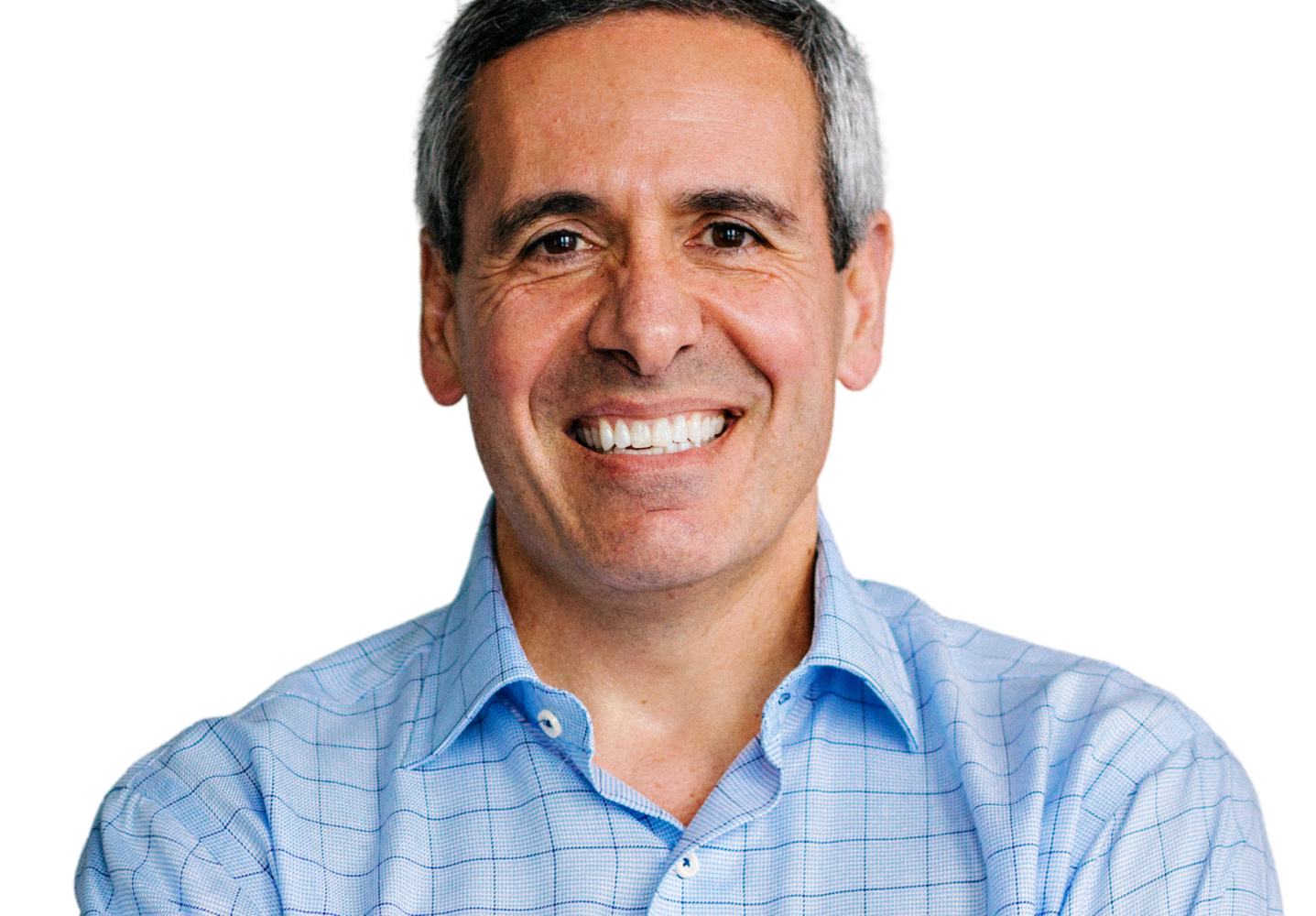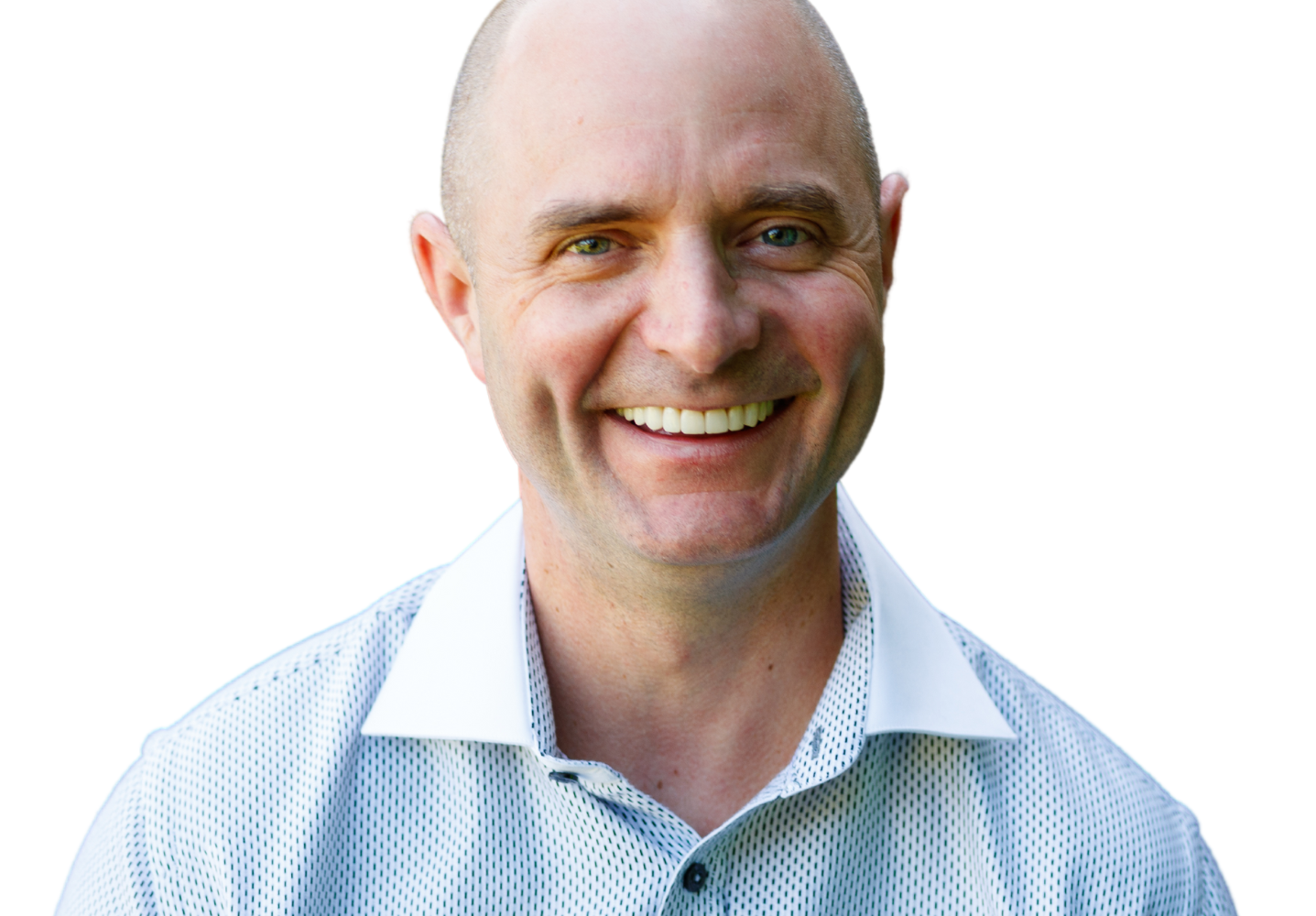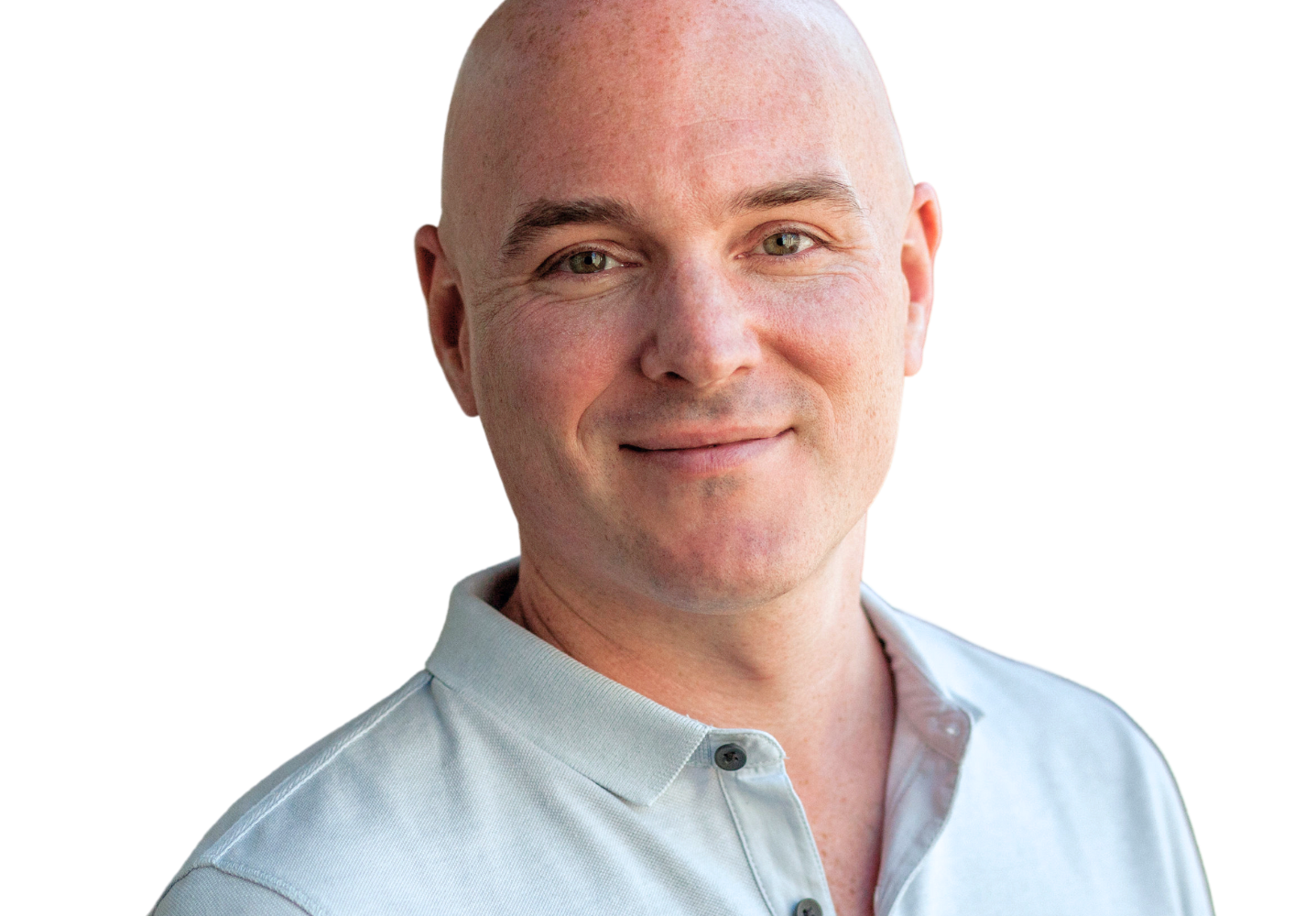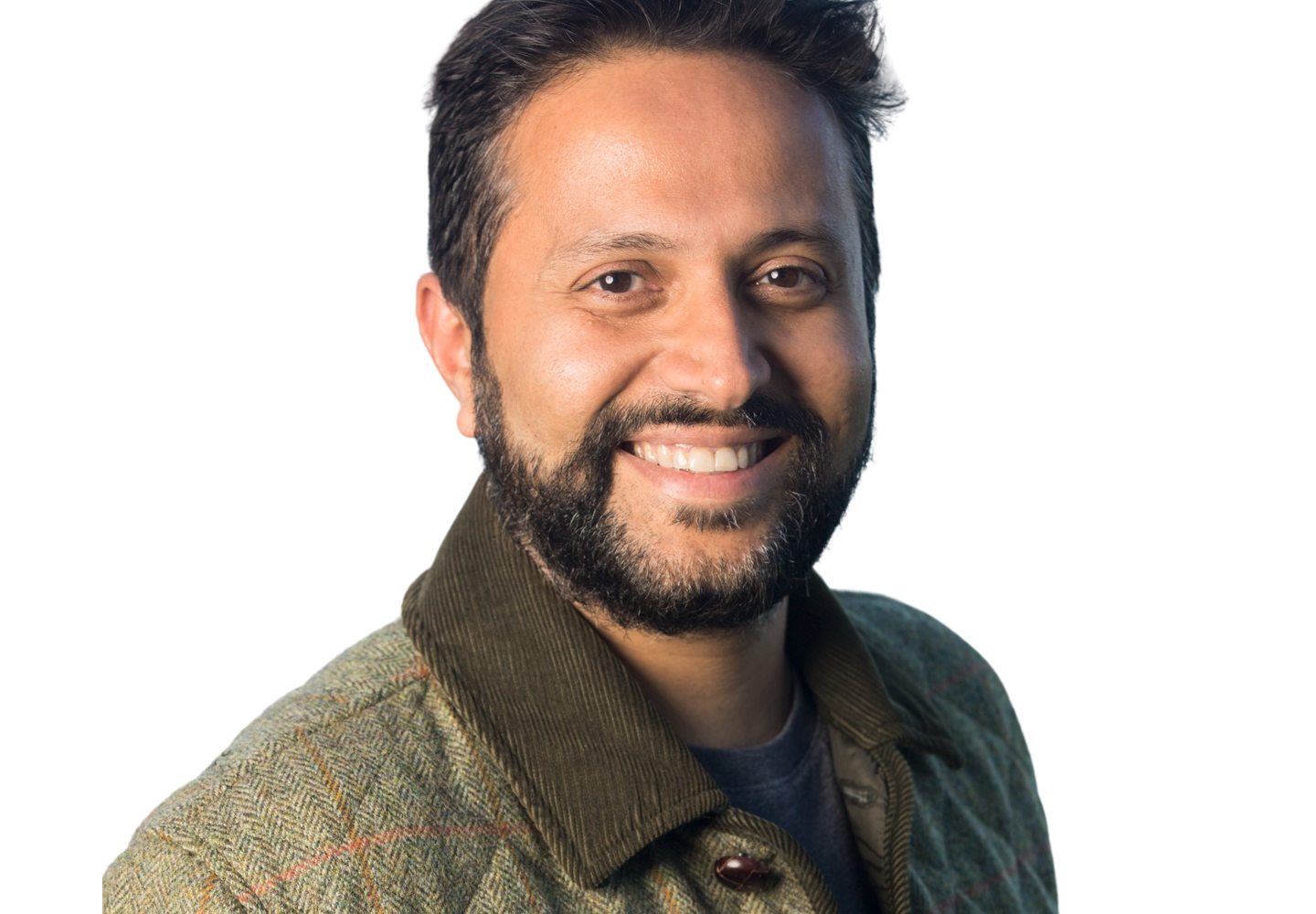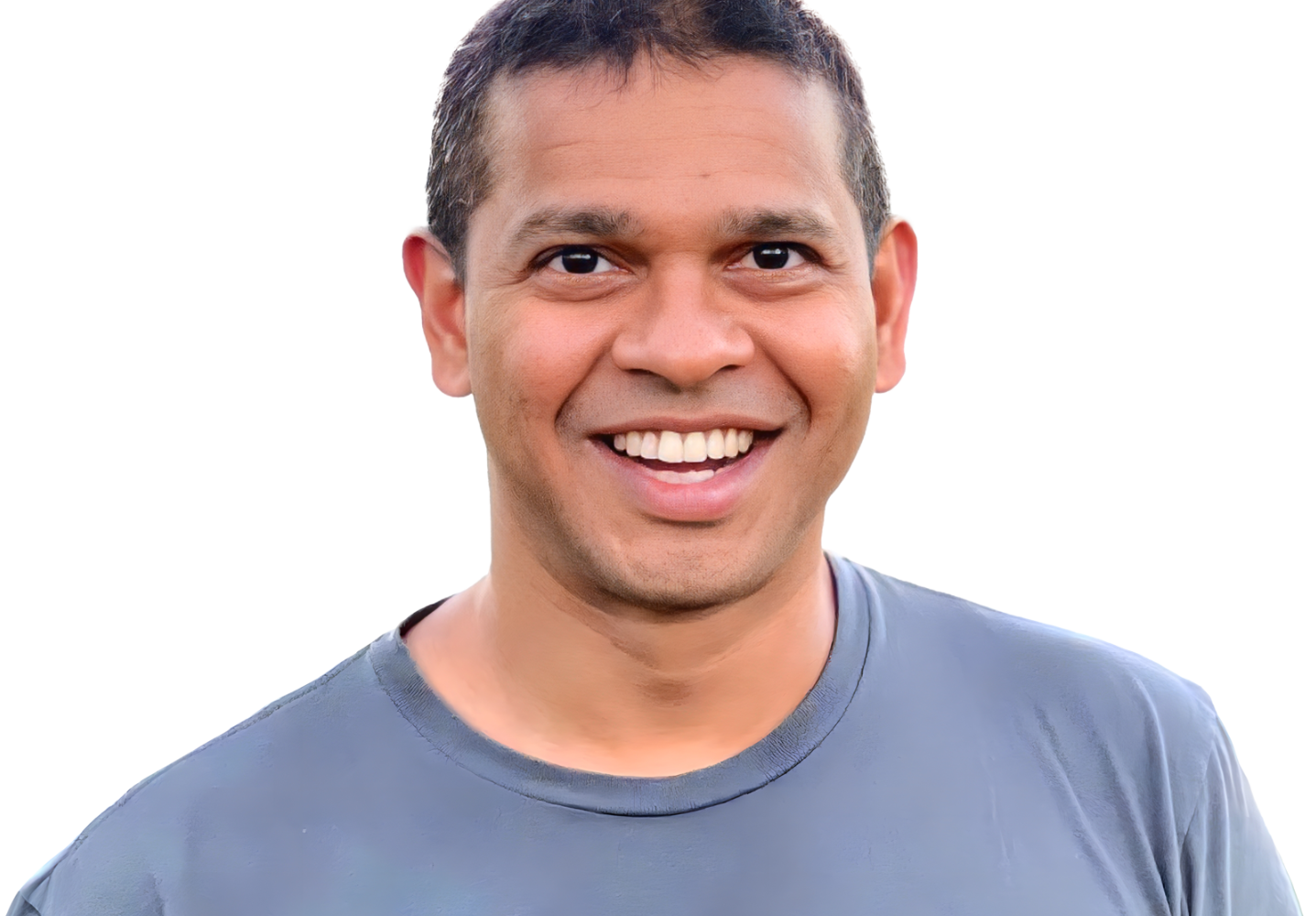What was the pain point that inspired the creation of Flexe, and why were you the right person to tackle it?
In the world of logistics, warehouses are very static. Retailers and brands purchase fixed capacity with long-term contracts. Yet, many businesses are very dynamic — seasonal changes, disruptions, shifts in consumer demand and channel mix. This fundamental mismatch creates huge problems, particularly for companies navigating the e-commerce landscape. The industry was ripe for a new approach to solve those problems.
I serendipitously stumbled across this idea. I’d spent many years in the digital media space from the inception of that category. When I was at Seattle-based aQuantive, we built a tech platform that connected digital media buyers and sellers. We created a new technology-driven model in what was a legacy, analog and asset-based media industry. That company was sold to Microsoft. Then I worked at a Madrona portfolio company, AdReady, where I was hired as CEO. We sold that company, too. After AdReady, I had time to take a breath and think about what was next. It was in that time period that the idea for Flexe dropped in my lap via a friend. That’s the serendipity of it — the idea really struck me because of my previous experience redefining a legacy industry. Digital media and logistics are very different businesses. But there was a pattern that made the opportunity resonate strongly. They were both analog industries on the cusp of digitizing, and I knew it could be a winner.
What is it like to work with Madrona?
What sets Madrona apart is the combination of business and technology savvy with humility and a very real and earnest desire to be helpful across any issues we may face. All good investors want to be helpful. But Madrona marries expertise with humility, which leads to better decision-making and better outcomes. They think big and as a disruptor, but they do it while being very cognizant that there is an already operating and functioning industry. Any new business model has to work in the context of that industry. That perspective — and their willingness to help in any way — sets Madrona apart.
Tell us about a Madrona Moment.
My top Madrona moment actually happened just before Madrona became an investor in Flexe — when Scott Jacobson introduced me to Dave Glick, who would become our CTO. I had known Scott for many years, but I wasn’t actively working with him at the time. His desire to facilitate connections across the Seattle tech industry without any direct benefit was just incredible. That really resonated with me and reinforced the high regard I already had for him and for Madrona. And then Madrona invested in our Series B.
What have you learned about yourself during this process?
We started Flexe in 2013, and I’ve worked in early-stage tech companies for over 20 years. So, I’ve been in this ecosystem for a long time. I’ve always enjoyed solving problems in new ways, and I really enjoy the energy created by smart people working on big opportunities. But what I’ve realized over the past several years is that on top of that, I love the act of building and inventing — building a fundamentally better way to do logistics — to move goods from point of origin to point of destination faster, smarter and more efficiently. It is an incredible need and an incredible opportunity to build something truly great in this mind-blowingly massive industry.
What is the most important lesson that you have learned during your startup journey?
One thing that all founders and CEOs, including myself, need to understand deeply is their strengths and weaknesses. With this clarity, we can attract and build a world-class team of people with diverse, complementary skill sets and worldviews. I’ve learned this lesson many times in my career, but it has become more acute in recent years.










